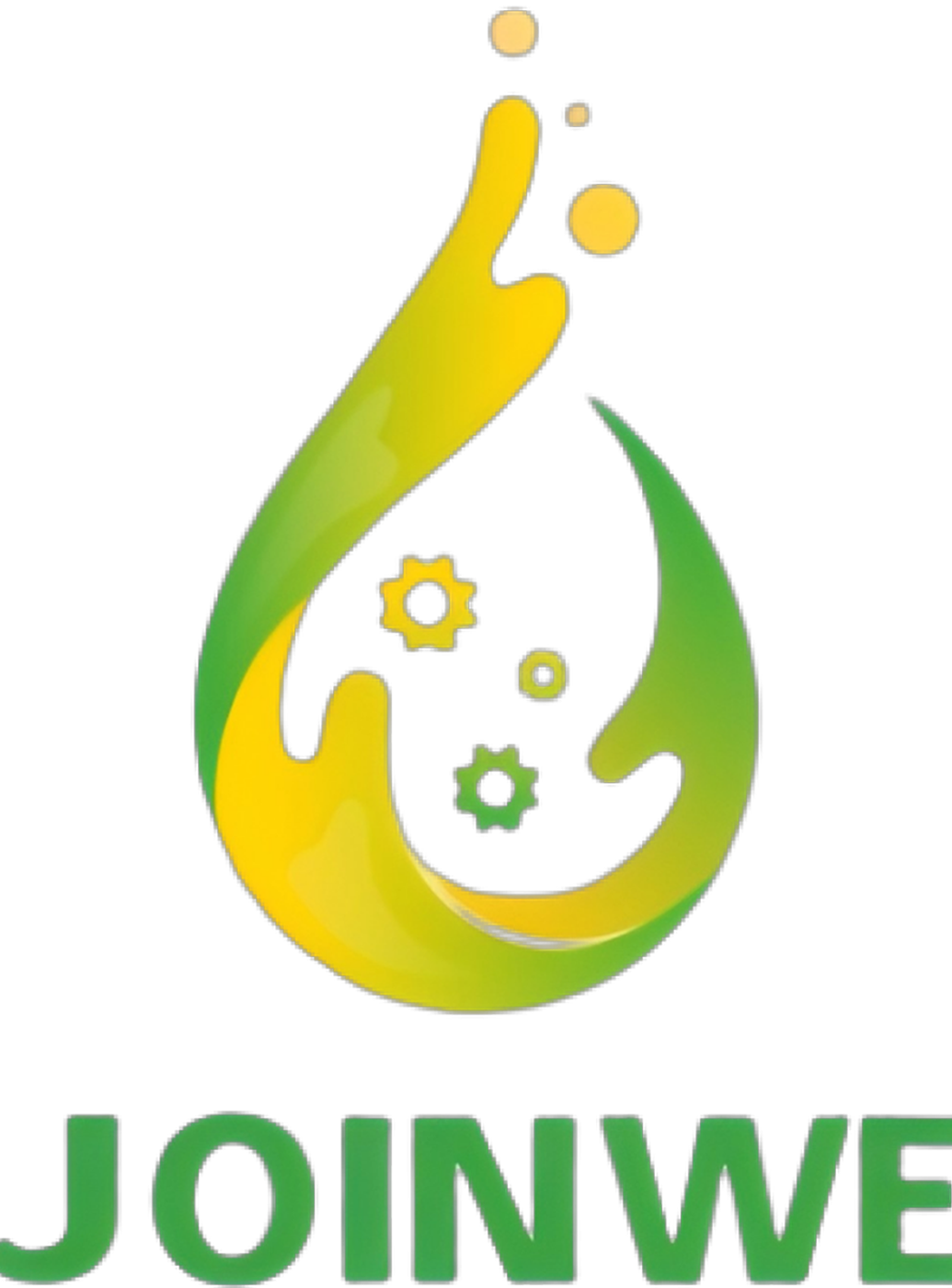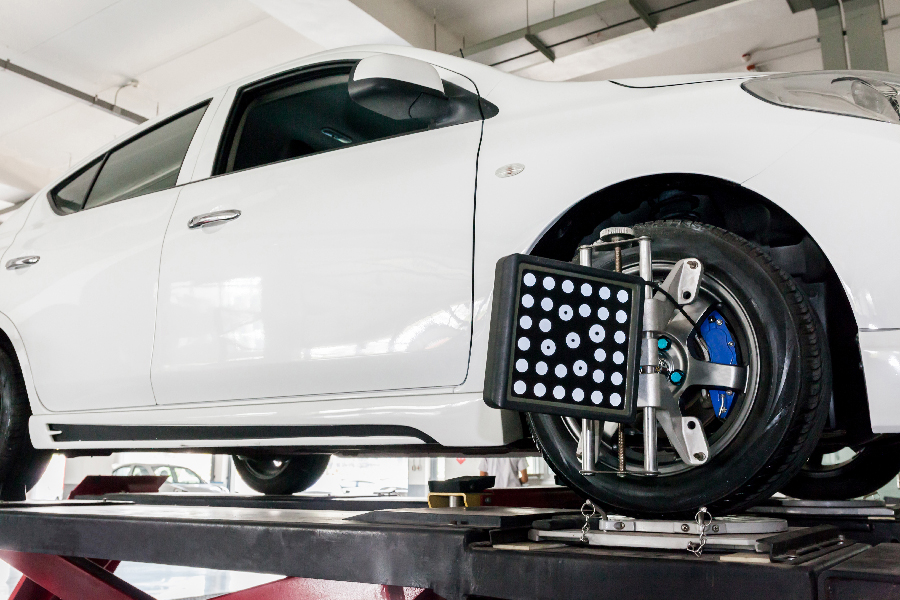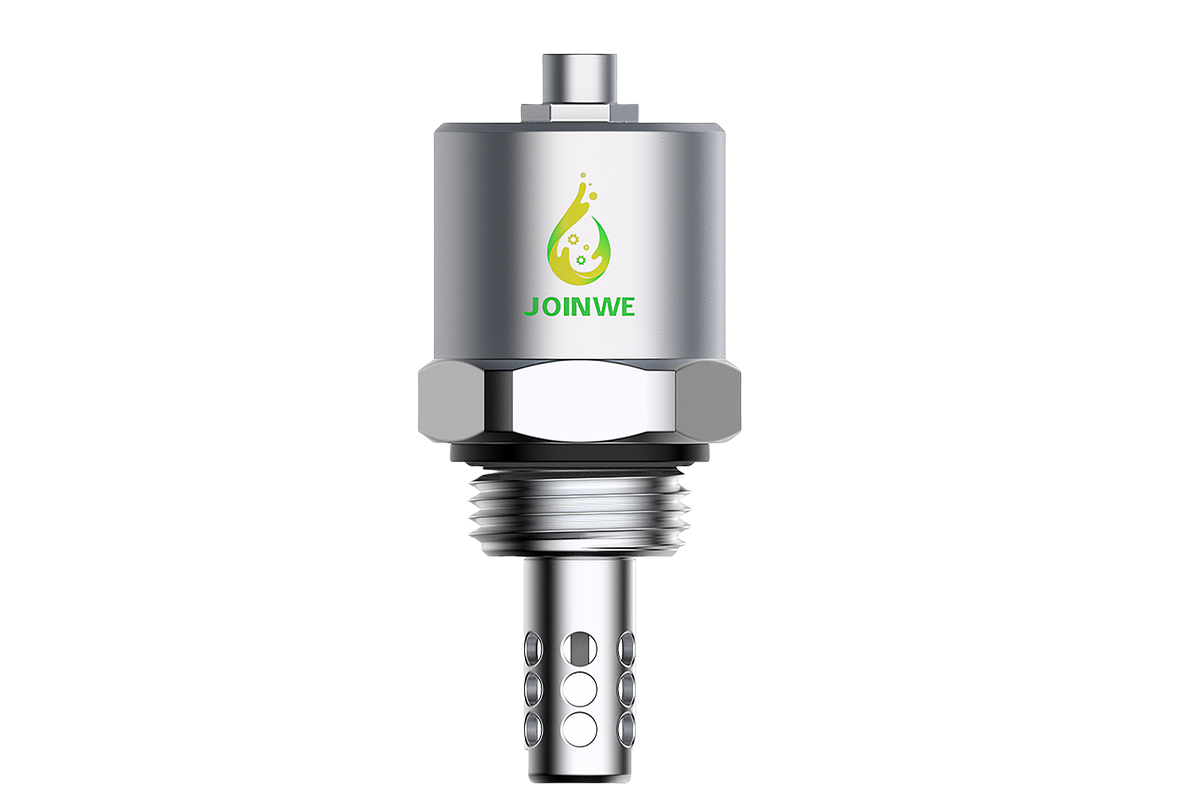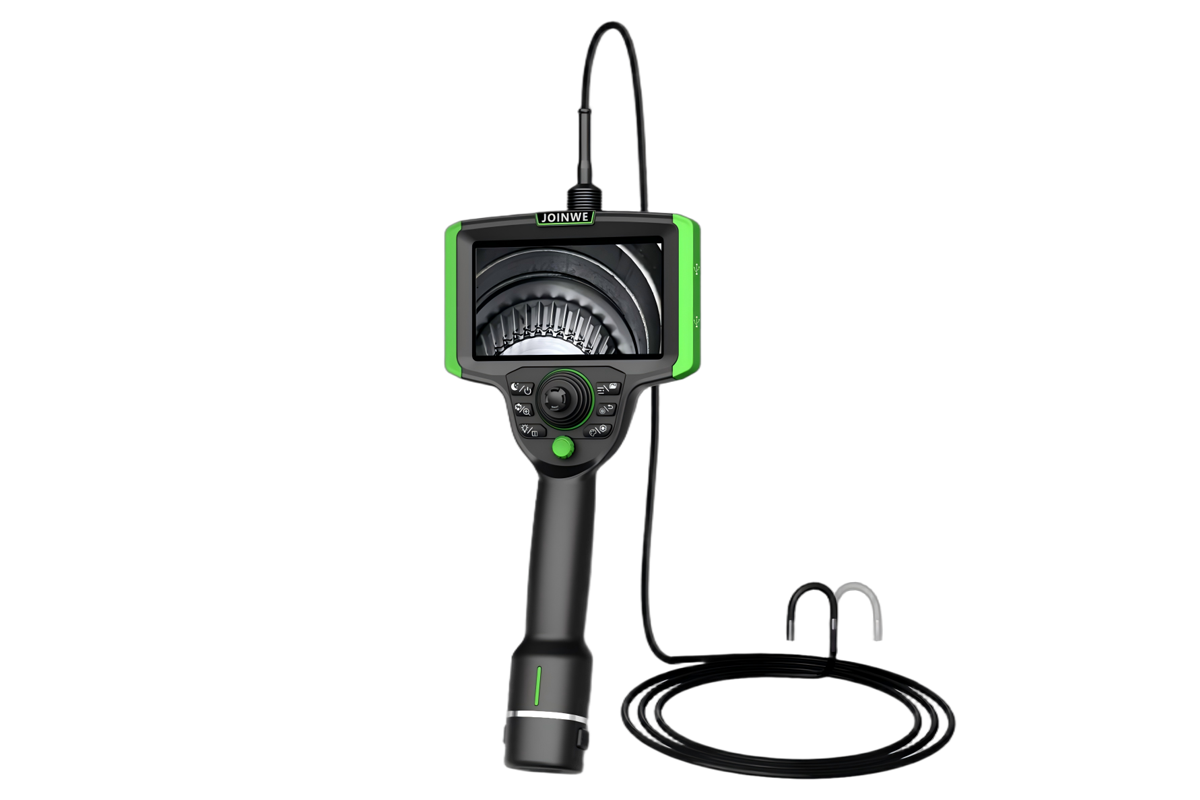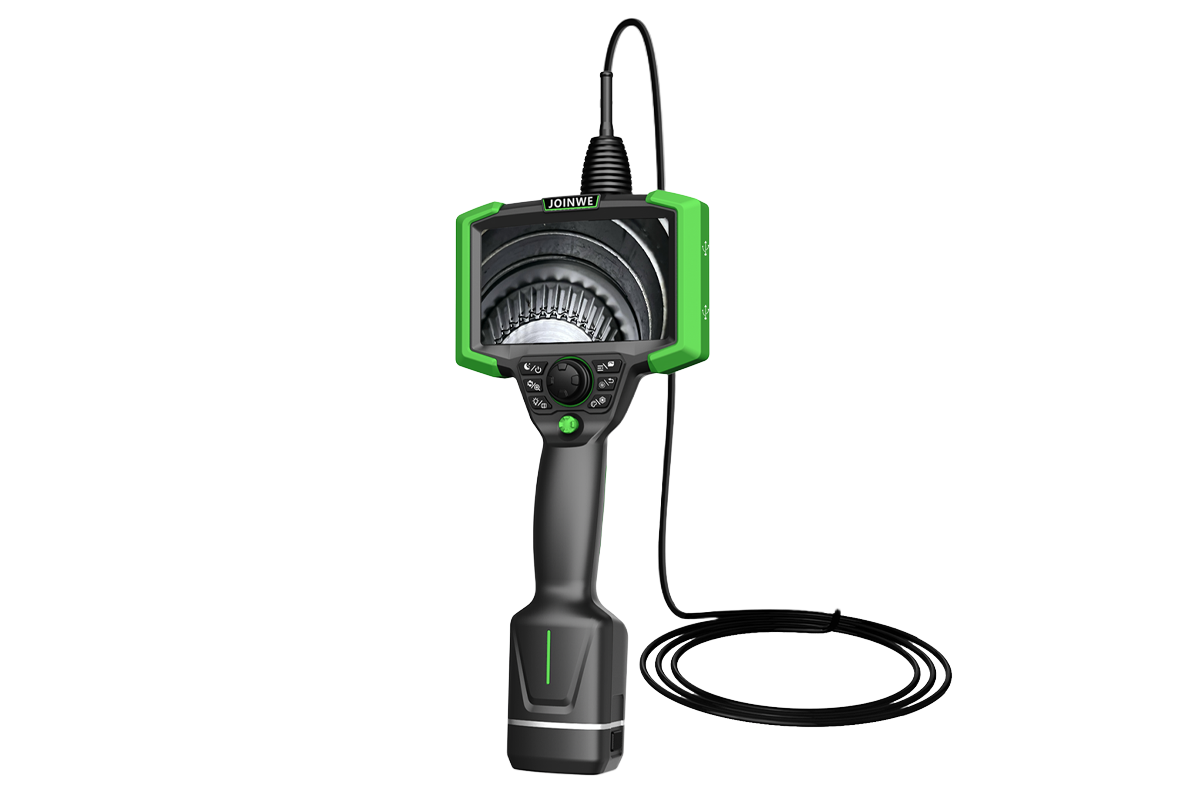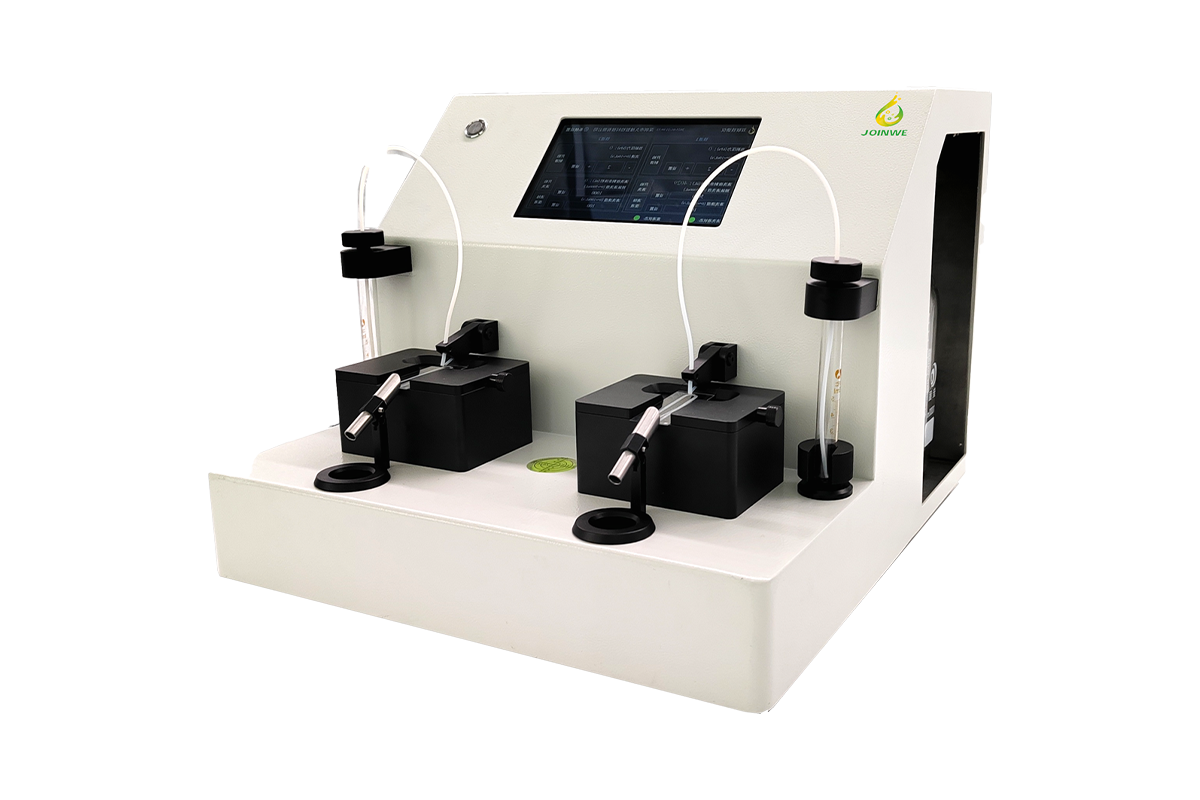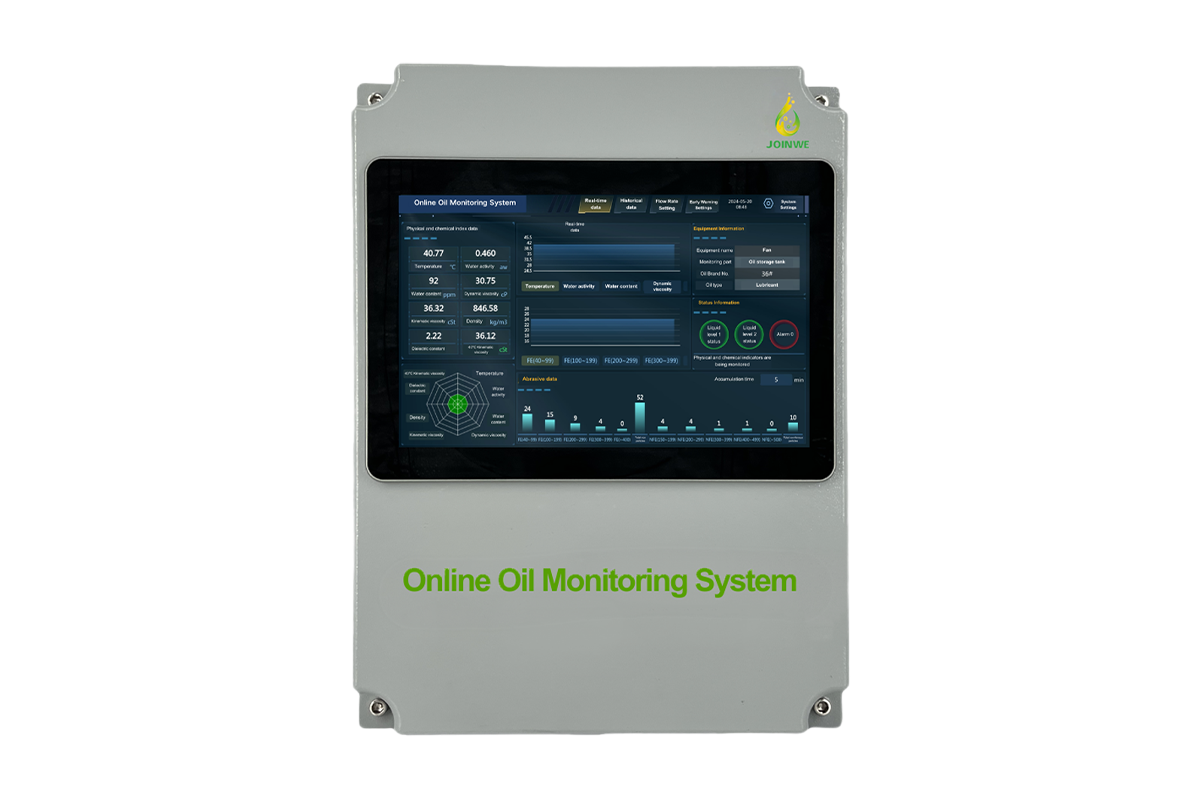The automotive manufacturing process is highly complex, and even the smallest internal defects in components can impact the overall performance and safety of a vehicle. With high-resolution imaging, small-diameter probes, and flexible articulation, JOINWE industrial videoscopes have been widely adopted in vehicle production, inspection, and maintenance, helping industry clients achieve precise quality control across all stages.
Application Cases:
1. Transmission Gear Wear Diagnostics
During transmission repairs and preventative maintenance, technicians use videoscopes to inspect internal gearboxes, quickly assessing gear wear levels and assisting in maintenance planning, which helps reduce equipment downtime.
2. Body Paint Coating Inspection
An automotive factory implemented videoscopes at the painting workstation to inspect coating coverage and sagging in hidden areas, improving consistency and overall surface finish quality.
3. Press Machine Gearbox Weld Seam Inspection
On-site inspection of gear surfaces inside a press machine’s reduction gearbox clearly revealed weld marks through JOINWE’s videoscope. Impressed by the image clarity, the client immediately proceeded to inspect another nearby gearbox, stating, “The welds are clearly visible.”
4. Engine Cylinder Head Foreign Object Check (Gasoline & Fuel Engine Divisions)
More than 10 parts are spot-checked daily on the production line. Videoscopes are used to inspect cylinder head holes for metal chips or foreign debris, ensuring cleanliness before assembly.
5. Third-Party Testing Center: Cylinder Wall Scratch Analysis
At a third-party testing lab, technicians use JOINWE videoscopes to identify fine scratches inside engine cylinders, providing visual documentation to support quality evaluation prior to vehicle delivery.
6. Oil Passage Spot Checks (Machining Workshop)
Engine oil passages are inspected for burrs, metal shavings, or contaminants, with the smallest inspection bore being just 4mm in diameter. The flexible probe ensures full visual access even in tight spaces.
7. EV Battery Lower Shell Inspection
Electric vehicle battery housings include four beams and eight symmetrical small holes requiring individual inspection. A 6mm articulating probe navigates these narrow channels, providing clear images of interface points and confirming structural consistency.
